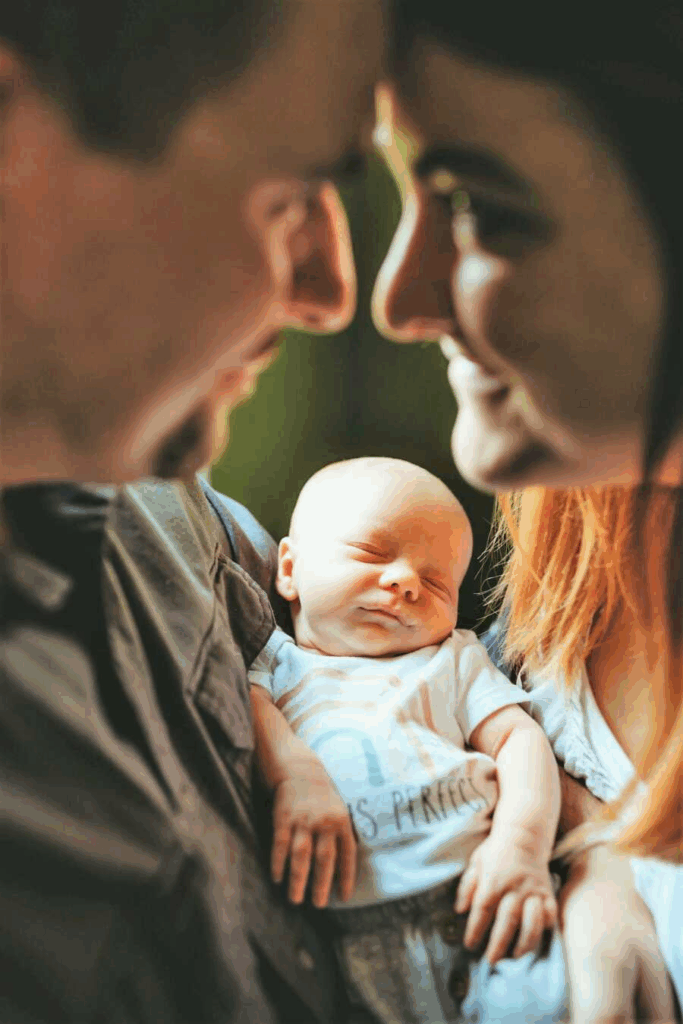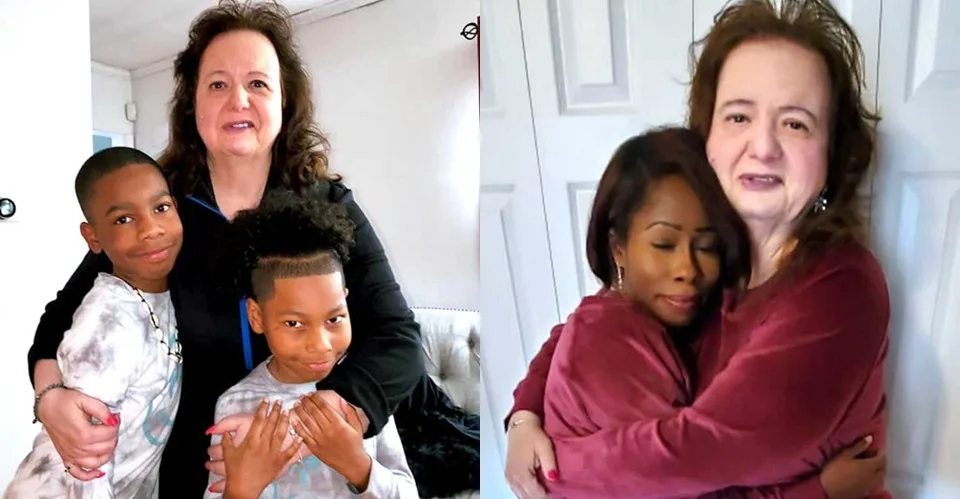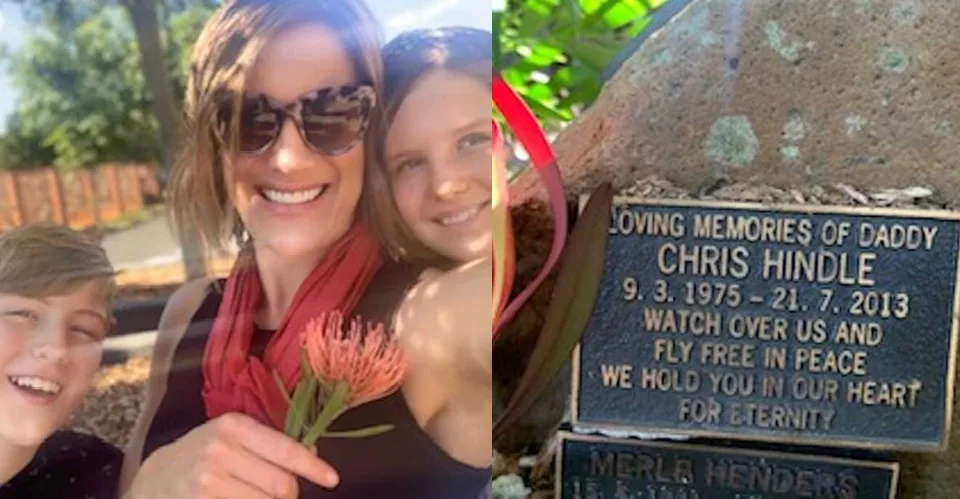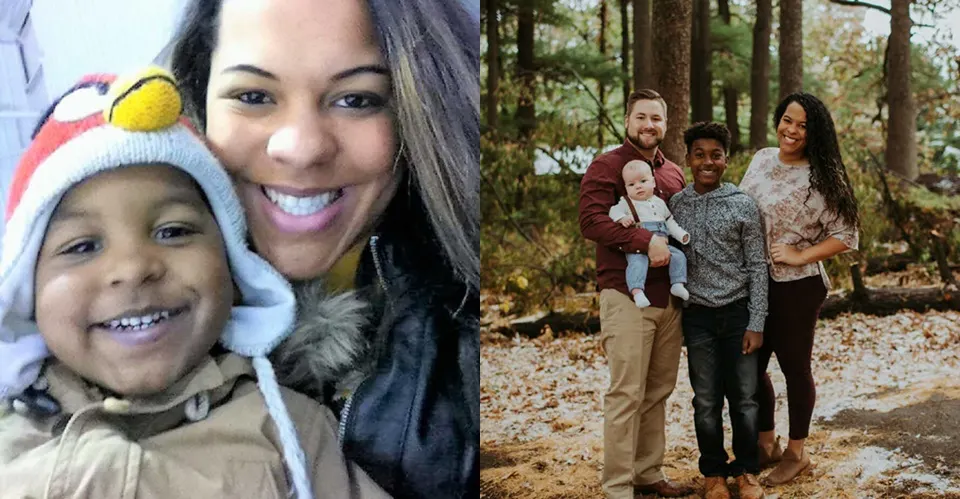Grief wrote the first chapter, but hope turned the page. Hold tight to your people, keep the faith, and watch for the rainbow after the rain. She woke before dawn on March 1, 2020, drenched in sweat and folded in pain. She’s the type who avoids the ER at all costs, so when she told her husband, “We have to go,” he knew it was bad. The thirty-minute drive felt endless. She vomited from the pain, could barely hold her head up, and slumped in a wheelchair at check-in as the room dimmed to black.
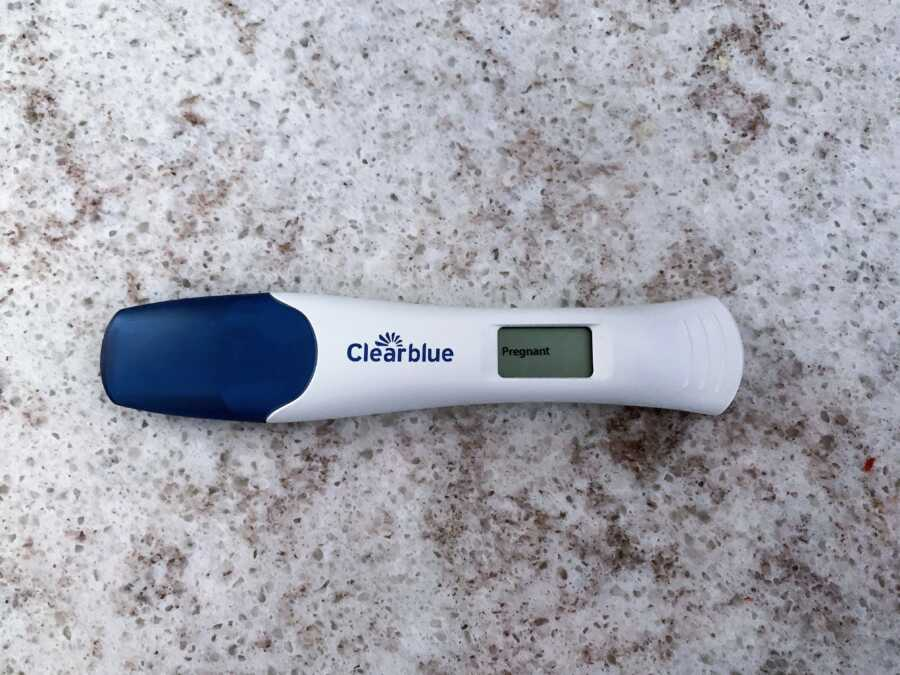
They rushed her back. Questions blurred. Could she be pregnant? They’d been trying for five months, and she’d seen a faint positive two days earlier. An abdominal ultrasound showed nothing, so they wheeled her for an internal scan. The tech was firm, no screen, no answers, but afterward whispered the words that cracked the world open: “I think it’s an ectopic pregnancy, and it’s ruptured.”
Back in the room, she tried to explain to her husband: a pregnancy in the tube, now bursting. An OB confirmed it, about eight weeks along, left fallopian tube ruptured, surgery needed immediately, with a hope to save the ovary. She phoned her parents. They arrived in tears. At 4:30 a.m., doctors removed the pregnancy, the damaged tube, and about half a liter of blood. Waking up, she could barely breathe; pooled blood and surgical gas pressed beneath her right lung. She stayed overnight, thankfully, before strict COVID visitor bans, surrounded by her husband and family.
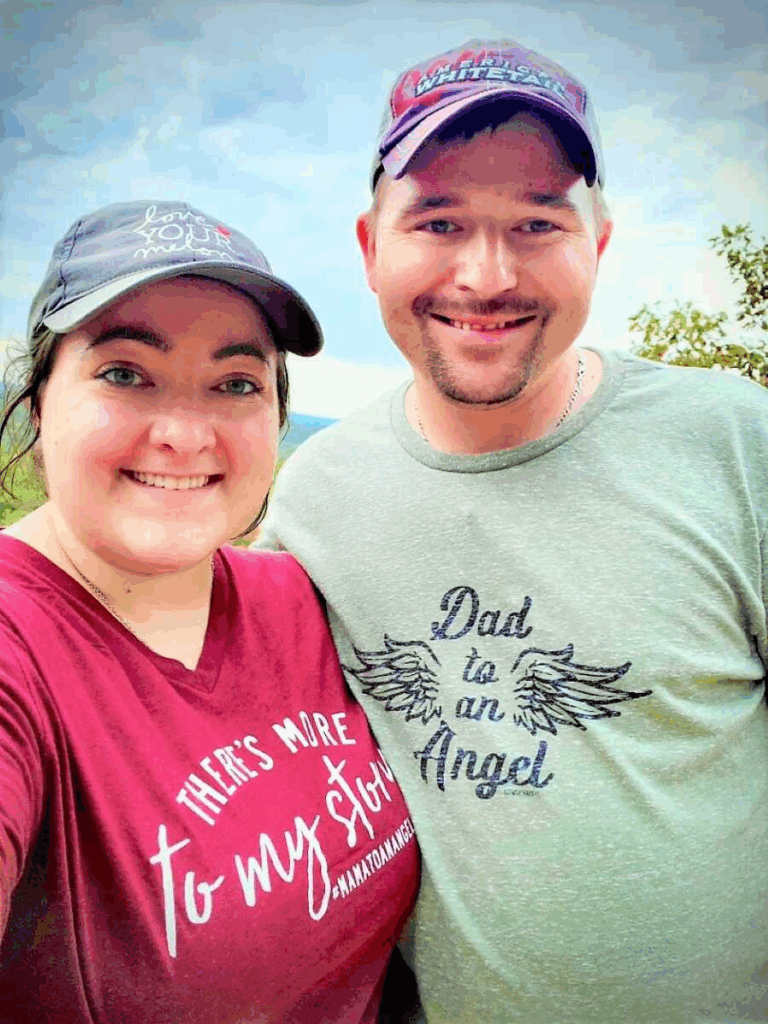
The ride home was a jagged reminder of everything she’d lost. Two and a half weeks later, COVID shut her job down. When the office briefly reopened, she was laid off. Her husband tore his ACL in June. She became his nurse, then a job came through at a fertility clinic. It felt strangely fitting. At the clinic’s urging in October, she had dye studies to check her remaining tube. The first test was inconclusive; the second showed it was open. An ultrasound confirmed she was ovulating on the right side, the side that still had a tube, but also revealed a fibroid. Next step: a saline scan of the uterus. Then her period didn’t come. A new test flashed positive.
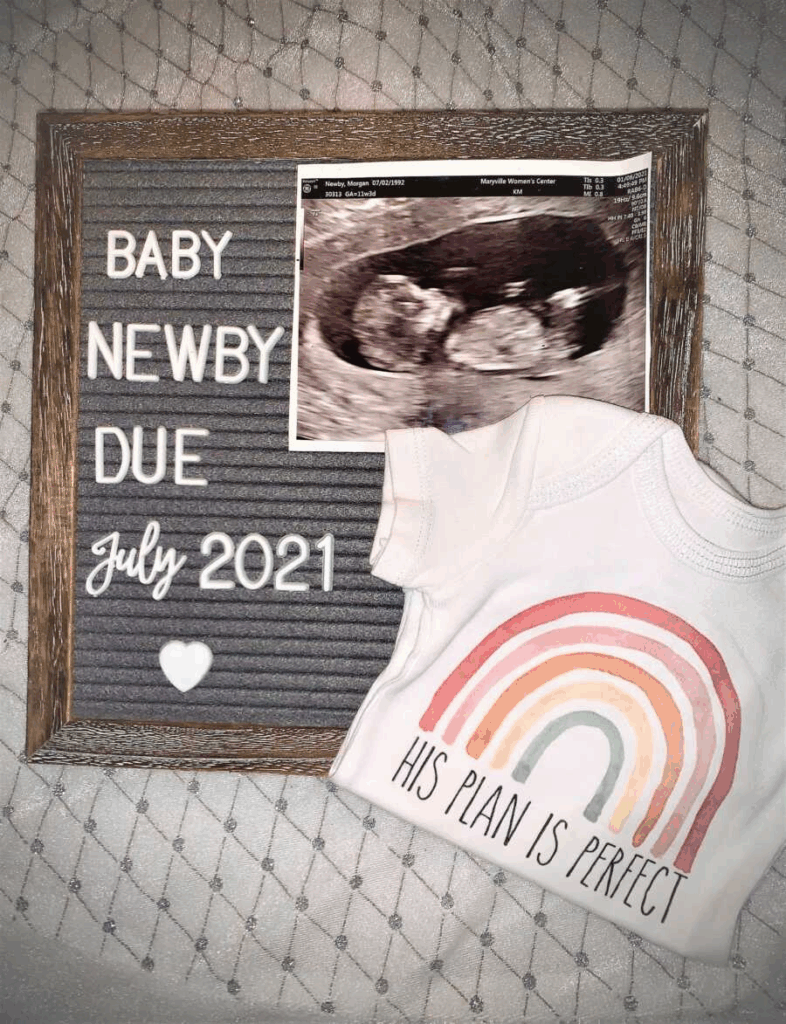
They told their families early and crossed every finger. An initial scan showed the pregnancy in the right place. At about seven weeks, a second scan revealed a yolk sac but no fetal pole. The doctor said it could go either way: a baby might appear next week, or this might be a blighted ovum. Two days later at work, she passed a large clot and fell apart, certain the worst was repeating. Blood tests rose, but not as much as hoped. They braced for the follow-up scan. The sonographer didn’t take long. “There’s your baby.” She and her husband looked at each other and cried. The due date shifted a week, and the pregnancy looked healthy. On July 6, 2021, at 6:00 p.m., their rainbow boy arrived, 6 pounds 6 ounces, 18 inches of relief and joy.
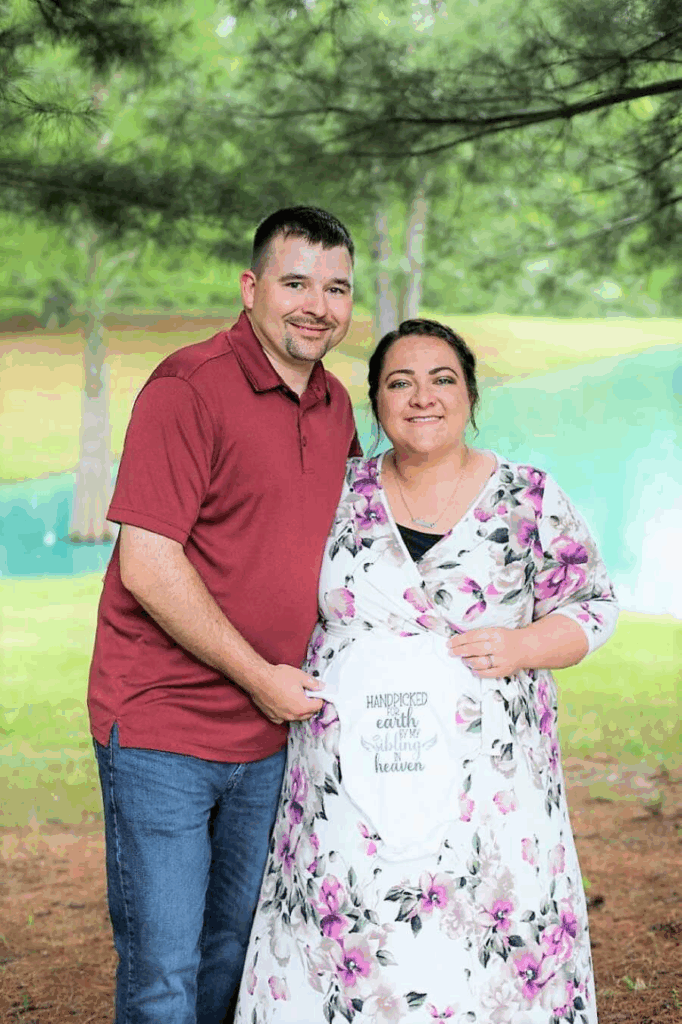
The year had been a tangle of grief, fear, and grit. She still keeps both children in her heart: Carter, the baby she lost, and Finley, the son who came after the storm. She remembers the blacking-out triage chair, the shattering IV bottle, the lung-tight pain, the layoffs and job hunt, her husband hobbling after surgery, the cautious hope of rising betas, the false alarms, then the unmistakable sound of a tiny heartbeat. Looking back, she doesn’t romanticize any of it. It was hard and unfair. But she also won’t let it swallow the good. She found work that made sense of her story. She leaned on family who showed up at 4 a.m.
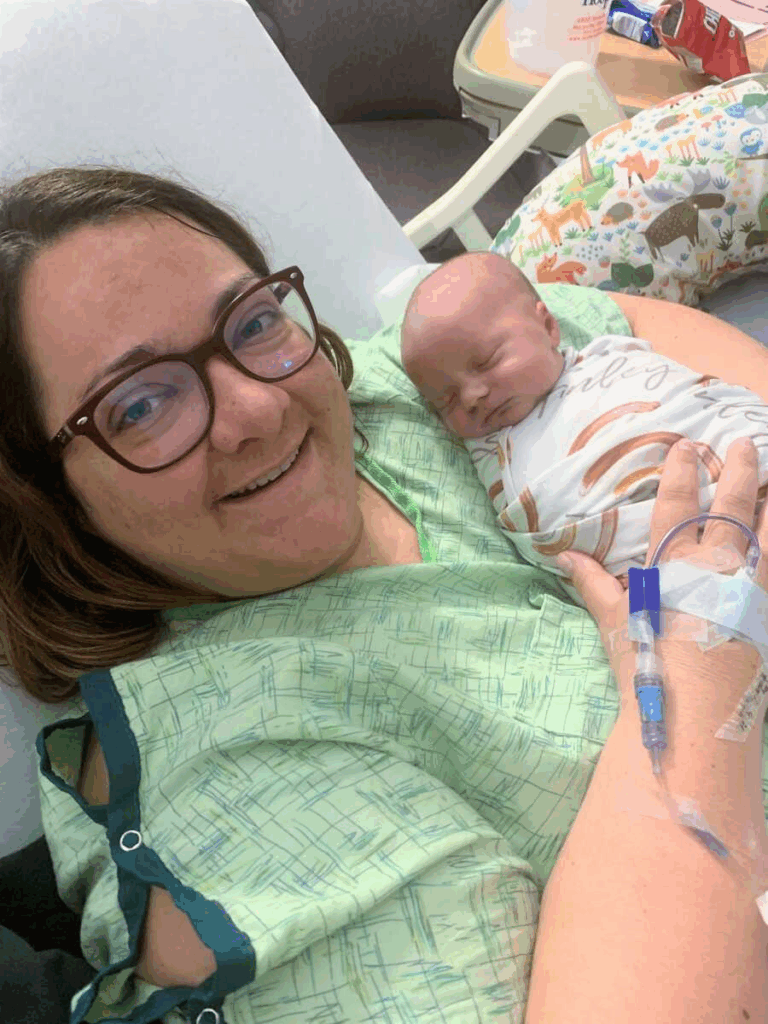
without being asked. She learned to ask for prayer, help, and a hand to squeeze in the ultrasound room. Most of all, she knew that love can hold an angel and a rainbow without letting either one slip. Her advice is simple: gather your people and keep them close. Let them carry you when the road breaks under your feet. Hold on to faith however you can, quietly, stubbornly, one hour at a time. Bad things do happen. And still, somewhere down the line, color returns.
